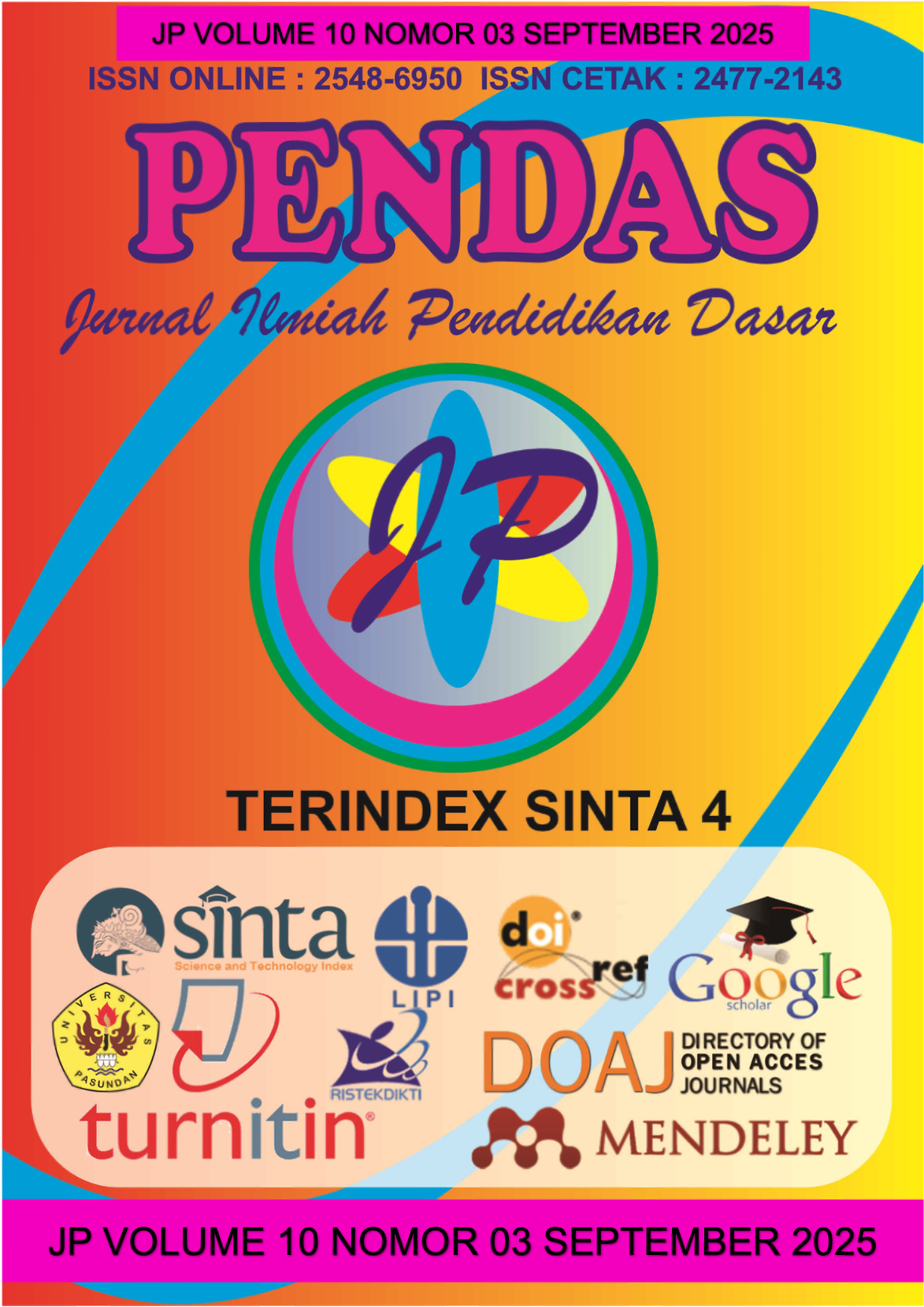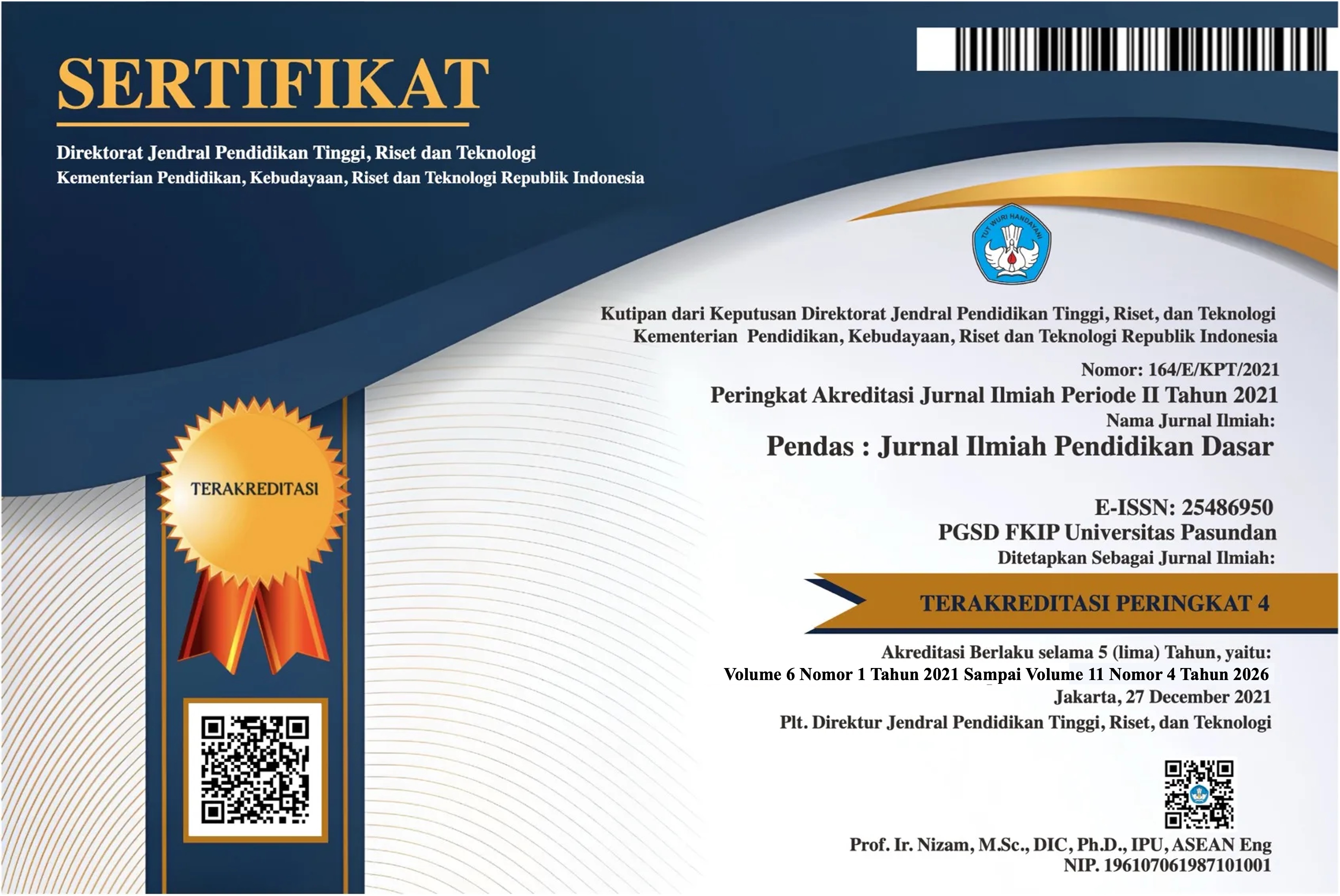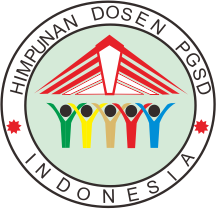ANALISIS DIKSI DALAM BERITA KRIMINAL PEREMPUAN PADA MEDIA ONLINE POSMETRO PADANG EDISI JUNI DAN JULI 2025
DOI:
https://doi.org/10.23969/jp.v10i03.32800Keywords:
Diction, Crime News, Women, Online Media, Posmetro PadangAbstract
The choice of diction in mass media reporting, especially crime news involving women as victims or perpetrators is the reason for this research. Diction not only functions to convey information, but also forms the construction of reality and influences the reader's perspective on an event. This study aims to describe the types of diction used in women's crime news in the online media Posmetro Padang June and July 2025 editions, as well as to analyze the denotative and connotative meanings of the diction. The type of research used is descriptive qualitative with the listening and note-taking method. The research data are in the form of excerpts from women's crime news published in the online media Posmetro Padang. Data analysis was carried out using the referential matching method and the distribution method through the replace, disappear, and read markah techniques. Based on the results of the data analysis, it shows that women's crime news in the online media Posmetro Padang uses a lot of connotative diction, such as molest, raped, and sex slave, which creates an emotional impression and frames women as vulnerable and marginalized parties. Denotative diction such as the words molestation and rape. The choice of connotative diction is more dominant because it serves to create a dramatic effect and attract the reader's attention. However, on the other hand, it can reinforce gender stereotypes towards women.
Downloads
References
Ardianto, Elvinaro, & Q-Anees,
Bambang. (2007). Filsafat
Komunikasi. Bandung:
Simbiosa Rekatama Media.
Barus, Sedia Willing J. (2010).
Jurnalistik: Petunjuk Teknis
Menulis Berita. Jakarta:
Erlangga.
Cangara, Hafied, Pengantar Ilmu
Komunikasi, Jakarta: PT Raja
Grafindo Persada, 2012.
Djuraid, Abdul. (2012). Jurnalistik
Terapan. Jakarta: Mitra Media.
Eriyanto. (2009). Analisis Wacana:
Pengantar Analisis Teks
Media. Yogyakarta: LKiS.
Keraf, Gorys. (1991). Komposisi.
Jakarta: Gramedia.
Keraf, Gorys. (2009). Diksi dan Gaya
Bahasa. Jakarta: PT Gramedia
Pustaka Utama.
Manaf, Abdul. (2000). Bahasa Media
Massa: Analisis Isi dan
Wacana. Jakarta: UI Press.
Moleong, Lexy J. (2008). Metodologi
Penelitian Kualitatif. Bandung:
Remaja Rosdakarya.
Mahsun. (2006). Metode Penelitian
sosial. Konsep-konsep kunci.
Jakarta ;PT. Raja Grafindo
Persada.
Nangkih, Oktavianus K. (2016).
Penerapan Kode Etik
Jurnalistik pada Berita Kriminal
oleh Surat Kabar Samarinda
Pos Periode November 2014
sampai Februari 2015. Journal
of Chemical Information and
Modelling, 4(1), 306–318.
https://doi.org/10.1017/CB0978
1107415324.004
Pena, G. (2005). Menulis Berita dan
Feature di Media Massa.Jakarta: Rineka Cipta.
(disesuaikan dari kutipan:
Pena, 2005:27)
Sobur, Alex. (2009). Analisis Teks
Media: Suatu Pengantar untuk
Analisis Wacana, Analisis
Semiotika, dan Analisis
Framing. Bandung: Remaja
Rosdakarya.
Sudaryanto. (2015). Metode dan
Aneka Teknik Analisis Bahasa.
Yogyakarta: Sanata Dharma
University Press.
Sugiyono. (2016). Metode Penelitian
Kuantitatif, Kualitatif dan R&D.
Bandung: Alfabeta.
Downloads
Published
Issue
Section
License
Copyright (c) 2025 Pendas : Jurnal Ilmiah Pendidikan Dasar

This work is licensed under a Creative Commons Attribution 4.0 International License.



















